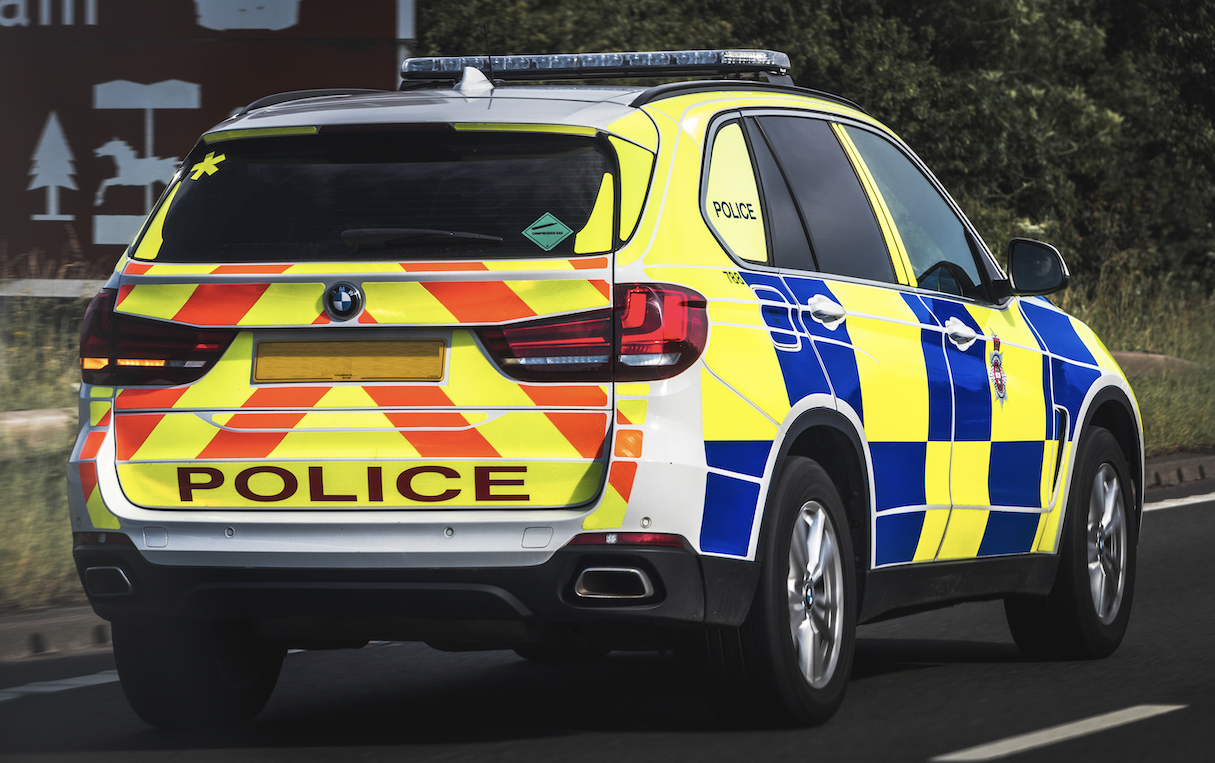2024 data shows alarming trends in car thefts across the UK, especially in urban areas. The Office of National Statistics reported 129,159 vehicles stolen in 2023, an average of 356 per day. Police statistics indicate that about 75% of these thefts remain unsolved.
Top 10 Car Theft Hotspots in the UK (by total number of thefts)
* London – 8,145
* Birmingham – 3,220
* Manchester – 912
* Leeds – 901
* Sheffield – 899
* Coventry – 862
* Wolverhampton – 616
* Leicester – 533
* Walsall – 521
* Bristol – 506

London is by far the worst-hit area, with more than twice the number of thefts compared to second-place Birmingham.
How Are Cars Being Stolen?
Thieves are using increasingly sophisticated techniques to bypass security systems:
Key Cloning
Criminals clone the digital signal from your key fob to create a copy. Especially common with keyless entry/start cars.
Relay Attacks
Two thieves use relay attacks to steal cars. One captures the key fob signal near the house; the other relays it to the car with a device, unlocking and starting it. To prevent this, keep your keys in a metal box or signal-blocking wallet, as signals can’t pass through metal.
Key Signal Blocking (Jamming)
Thieves can block your car from receiving the lock signal when you press your fob, making you think it’s locked. Always double-check that your vehicle is locked. Some cars use an audible or visual signal, while others have pins on the windows that lower when locked. Don’t just rely on your key fob; thieves may use jammers to intercept the signal, leaving your car unlocked. These jammers can be hidden in pockets or nearby bushes.
As car technology advances, so do thieves’ techniques. They’ve developed ways to bypass anti-theft devices. To reduce theft risk, check every door, including the boot, to ensure it’s locked. It might seem tedious, but it’s necessary for security.
Where should you park your car to keep it safe?
Don’t park in the first spot you see. Look for well-lit, public areas. Use car parks with security patrols, CCTV, or secure zones. In busy areas, park near other shoppers to deter thieves. Knowing where to park safely is crucial for all drivers.
Don’t display any belongings in your vehicle
Take your belongings with you when you park to prevent car vandalism. Visible coats or bags, or loose change, can tempt thieves to break in. Remove parcel shelves or load covers to show there’s nothing worth stealing.

Take out your infotainment system, stereo, and sat-nav
Take the front panel of your car stereo with you if it stops working when removed – sadly, few new cars have this facility. Close any flap or cover to hide the stereo. Remove your sat-nav system, including the holder, and clean suction marks. Always take removable entertainment systems with you and store them safely.
Add a car alarm, immobiliser or tracking device
Most modern cars have factory-fitted immobilisers, but adding a Thatcham-approved alarm can lower your insurance premium and reduce theft risk. If your car lacks security, prioritise fitting an immobiliser. While a tracking device won’t prevent theft, it increases the chances of recovery by the police.
Use locks to protect your vehicle
Using a lock on the steering wheel, pedals, and gearstick can prevent car theft, or at least make a car thief’s life a little harder. These visual deterrents are effective and becoming popular again. Thieves often look for easy targets and may avoid cars that seem too difficult or take too long to steal.
Where to keep your car keys
As car security increases, stealing car keys has become a priority for thieves. Keep your keys out of sight and reach, both in public and at home. Don’t leave them in the porch or hallway; criminals may use wire to retrieve them through a letterbox. Avoid hiding keys in the bedroom to prevent dangerous confrontations. Use a metal lock box to protect against relay attacks. Be cautious of key hacking!
Keep your documents at home
Avoid leaving your logbook or service records in your car. Though it may seem practical, these documents can facilitate the sale of your car if stolen and increase the risk of identity fraud. Similarly, do not leave letters, bank statements, or identification forms in the car to reduce the risk of identity theft. Keep your driving license with you, but store other documents at home.
Protect your car wheels
Alloy wheels can be a target for theft, so secure them with locking wheel nuts. These are inexpensive, simple to install, and challenging to remove without the proper key. While it’s possible to buy a locking wheel nut remover online, using a lock can discourage opportunist thieves.
Stay safe in traffic
Car safety is important both when driving and when parked. In slow-moving traffic or a traffic jam, it is advisable to close windows, lock doors, and keep valuables out of sight.

Don’t leave your car running
Leaving your car running, even to warm it up on a frosty morning, could result in theft or a fine. Be cautious when de-icing, as thieves can quickly steal your vehicle. Always switch off the engine and lock the doors when running errands, dropping children at school, or meeting someone.
GPS tracking
GPS tracking in a car enhances security and aids in recovering stolen vehicles. This helps police recover your car if it is stolen.
Use Surveillance Cameras
Installing security cameras around your parking area or using a dashcam with parking mode can significantly deter criminal activity. These devices not only help prevent theft and vandalism but can also capture crucial footage that can serve as evidence for police investigations.
Join a Neighbourhood Watch Scheme
Neighbourhood Watch programs are community-driven initiatives where residents work with local law enforcement to keep their area safe. By encouraging communication, sharing information, and reporting suspicious activity, these groups help prevent car crimes and promote a safer environment for everyone.
How to Protect Your Catalytic Converter
Catalytic converters are a common target for thieves due to the valuable metals inside. Here are several ways to protect yours: Install a metal shield or cage. Special devices can cover the catalytic converter to make it more difficult to remove. Use locking mechanisms. Security devices that lock the converter in place add an extra layer of protection. Secure it to the vehicle’s frame, Mechanics can weld bolts or brackets to make removal nearly impossible. Etch identification onto the converter: Marking your catalytic converter with your VIN or license plate number can help track it if it’s stolen.
How to Protect Your Car from Thieves
Follow these tips to reduce the risk of car theft or vandalism:
* Use a steering wheel lock
* Install motion-sensor lighting, CCTV, or security cameras
* Use a GPS tracker to monitor your vehicle’s location
* Park in well-lit, busy areas or secure garages
* Always lock all windows and doors
* Protect your car keys, especially keyless entry fobs
* Hide valuables from plain sight
* Use tyre locks for added security
* Never leave your car running unattended
* Store spare keys safely away from the vehicle
Making the car thief’s life harder will help reduce the chances of becoming a victim. Take precautions, especially if you have a high-risk car. Below are the top 10 most stolen cars in the UK:
Ford Fiesta – 4,446 stolen
Volkswagen Golf – 1,731 stolen
Ford Focus – 1,700 stolen
Toyota RAV4 – 1,260 stolen
BMW 3 Series – 1,243 stolen
Mercedes-Benz C-Class – 1,123 stolen
Range Rover Evoque – 1,087 stolen
Nissan Juke – 1,027 stolen
Vauxhall Corsa – 870 stolen
Range Rover Sport – 867 stolen
The Ford Fiesta remains the most targeted vehicle, likely due to its popularity and the high demand for its parts.

